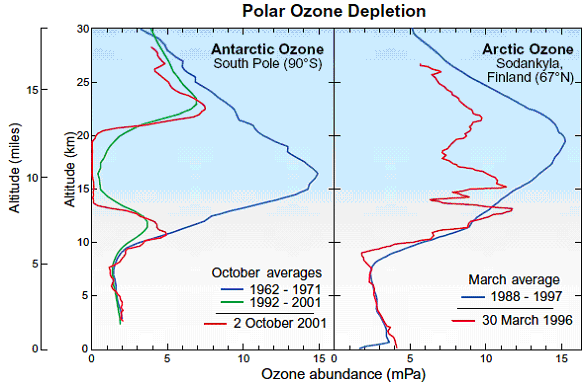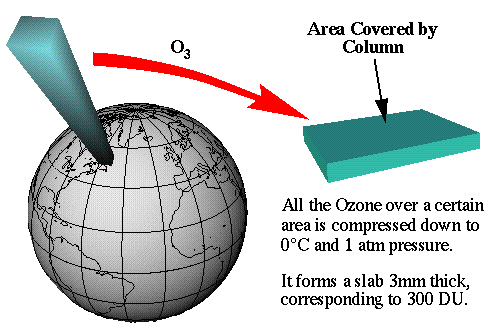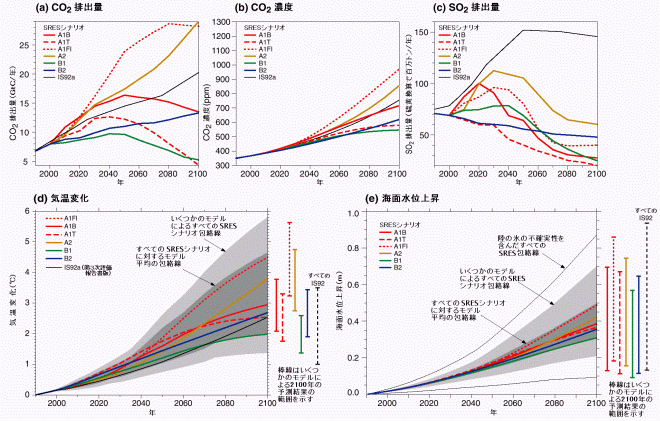乮掕媊乯
戞擇忦丂偙偺朄棩偵偍偄偰乽娐嫬傊偺晧壸乿偲偼丄恖偺妶摦偵傛傝娐嫬偵壛偊傜傟傞塭嬁偱偁偭偰丄娐嫬偺曐慡忋偺巟忈偺尨場偲側傞偍偦傟偺偁傞傕偺傪偄偆丅
俀丂偙偺朄棩偵偍偄偰乽抧媴娐嫬曐慡乿偲偼丄恖偺妶摦偵傛傞抧媴慡懱偺壏抔壔枖偼僆僝儞憌偺攋夡偺恑峴丄奀梞偺墭愼丄栰惗惗暔偺庬偺尭彮偦偺懠偺抧媴偺慡懱枖偼偦偺峀斖側晹暘偺娐嫬偵塭嬁傪媦傏偡帠懺偵學傞娐嫬偺曐慡偱偁偭偰丄恖椶偺暉巸偵峷專偡傞偲偲傕偵崙柉偺寬峃偱暥壔揑側惗妶偺妋曐偵婑梌偡傞傕偺傪偄偆丅
俁丂偙偺朄棩偵偍偄偰乽岞奞乿偲偼丄娐嫬偺曐慡忋偺巟忈偺偆偪丄帠嬈妶摦偦偺懠偺恖偺妶摦偵敽偭偰惗偢傞憡摉斖埻偵傢偨傞戝婥偺墭愼丄悈幙偺墭戺乮悈幙埲奜偺悈偺忬懺枖偼悈掙偺掙幙偑埆壔偡傞偙偲傪娷傓丅戞廫榋忦戞堦崁傪彍偒丄埲壓摨偠丅乯丄搚忞偺墭愼丄憶壒丄怳摦丄抧斦偺捑壓乮峼暔偺孈嵦偺偨傔偺搚抧偺孈嶍偵傛傞傕偺傪彍偔丅埲壓摨偠丅乯媦傃埆廘偵傛偭偰丄恖偺寬峃枖偼惗妶娐嫬乮恖偺惗妶偵枾愙側娭學偺偁傞嵿嶻暲傃偵恖偺惗妶偵枾愙側娭學偺偁傞摦怉暔媦傃偦偺惗堢娐嫬傪娷傓丅埲壓摨偠丅乯偵學傞旐奞偑惗偢傞偙偲傪偄偆丅
(Terminology)
Article 2
1 For the purpose of this law, "environmental load"
means any adverse effects on the environment generated by human
activities which may cause interference with environmental conservation.
2 For the purpose of this law, "global environmental
conservation" means environmental conservation regarding
such phenomena as global warming, the ozone layer depletion,
marine pollution, decrease in wildlife species and others which
are caused by human activities and affect the environment of
the entire globe or a large part of it, which contributes to
the welfare of mankind as well as to the healthy and cultured
living of the people.
3 For the purpose of this law, "environmental
pollution" ("Kogai" in Japanese) means,
among interference with environmental conservation, air pollution,
water pollution (including a deterioration of water's unadulterated
state other than the water quality and the quality of the bottom.
The same shall apply hereinafter except for Article 16 Paragraph
1.), soil contermination, noise, vibration, ground subsidence
(excluding subsidence caused from land excavation for mineral
exploitation. The same shall apply hereinafter.) and offensive
odors affecting an extensive area as a result of business and
other human activities, which cause damage to human health or
the living environment (icluding property closely related
to human life, as well as fauna and flora closely related to
human life and their living environment. The same shall apply
hereinafter.) |






